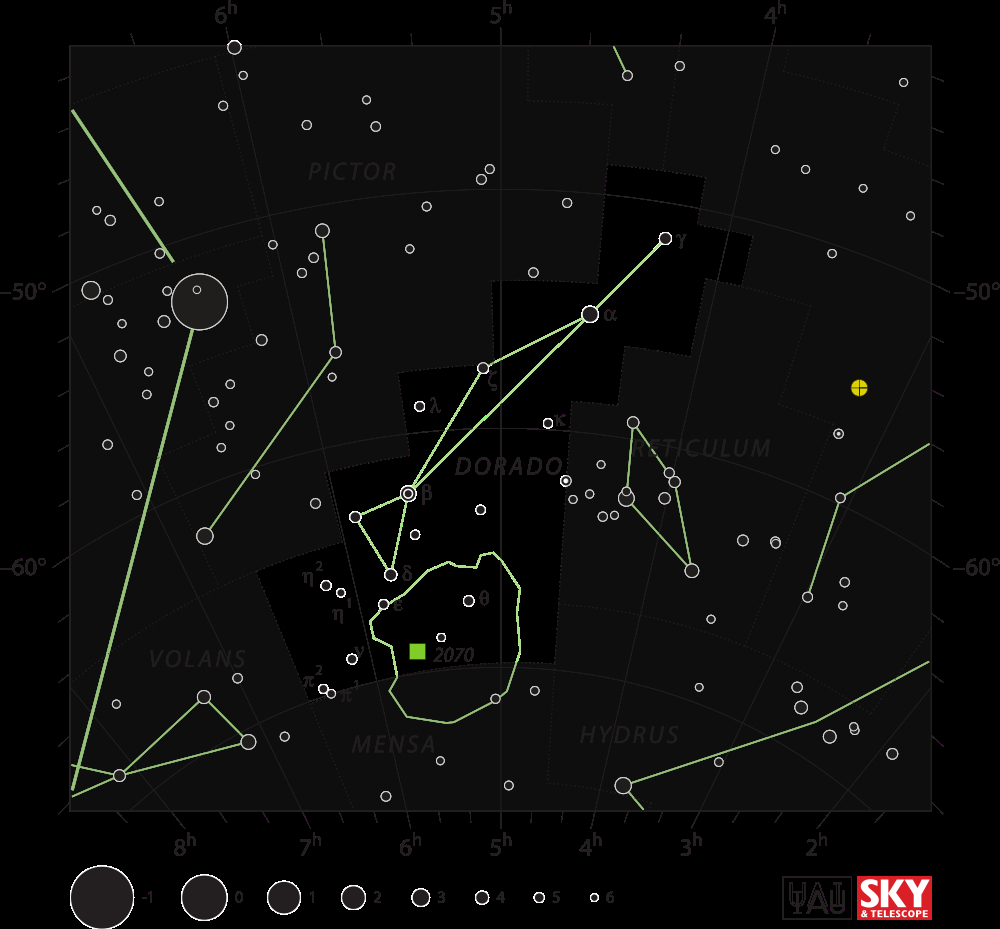
"The Swordfish"
Abbreviation: Dor
Genitive: Doradus
Constellation family: Bayer Group
Nearest constellations: Caelum, Horologium, Hydrus,
Mensa, Pictor, Reticulum, and Volans
Right ascension: 5.23h
Declination: -63.70°
Visible between latitudes: +15° and -90°
Square degrees: 179
Luminary: Alpha Doradus
Notable deep sky objects: NGC 1566, NGC 1850, NGC 2070 (Tarantula Nebula), NGC 2074
Dorado is a small constellation in the Southern Hemisphere that is best seen in January.
Dorado contains the south ecliptic pole. The two ecliptic poles, one south and one north, are the points where a line perpendicular to the ecliptic (the apparent path of the Sun through the sky) meets the celestial sphere, the imaginary sphere surrounding Earth onto which are mapped all the objects observed in the sky.
The constellation also includes part of the Large Magellanic Cloud (LMC), which is an irregular dwarf galaxy and the third-closest galaxy to the Milky Way.
Dorado was originally named by Johann Bayer who introduced 12 southern constellations in 1603 when he published his star atlas Uranometria.
There is no mythology associated with this constellation.
LHA 120-N 44 (star-forming region in the Large Magellanic Cloud):
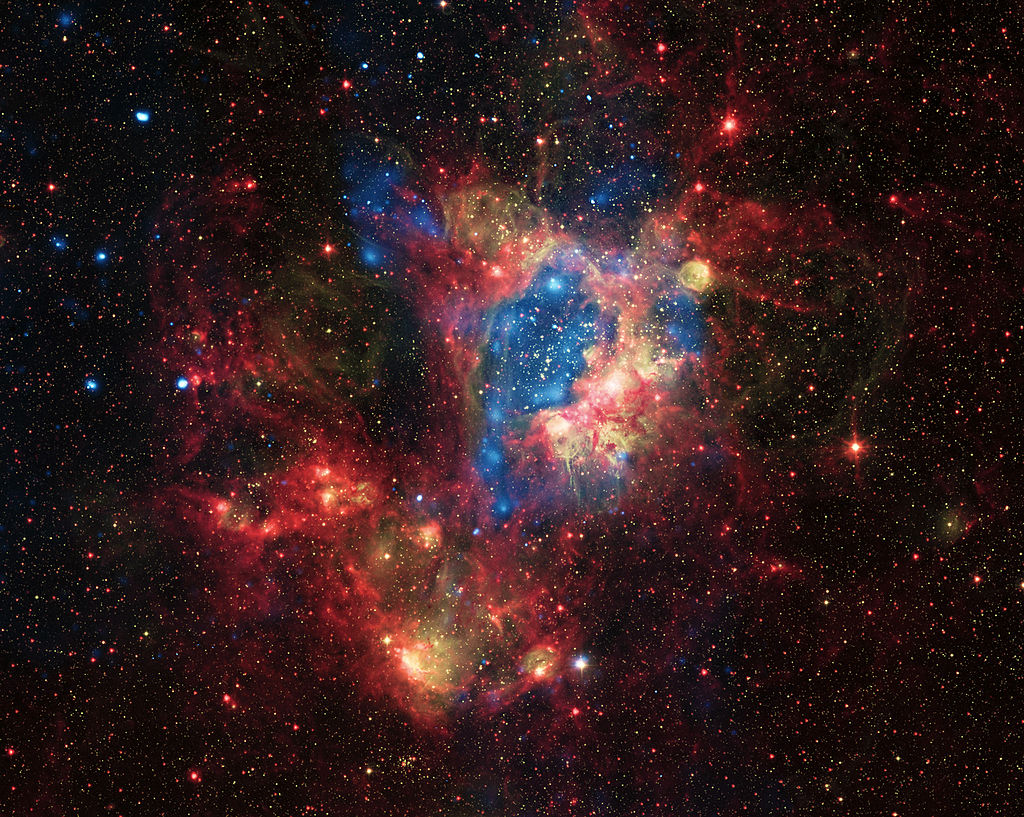
Optical: ESO, X-ray: NASA/CXC/U.Mich./S.Oey, IR: NASA/JPL [CC-BY-3.0], via Wikimedia Commons
R136 (another star-forming region from the LMC):
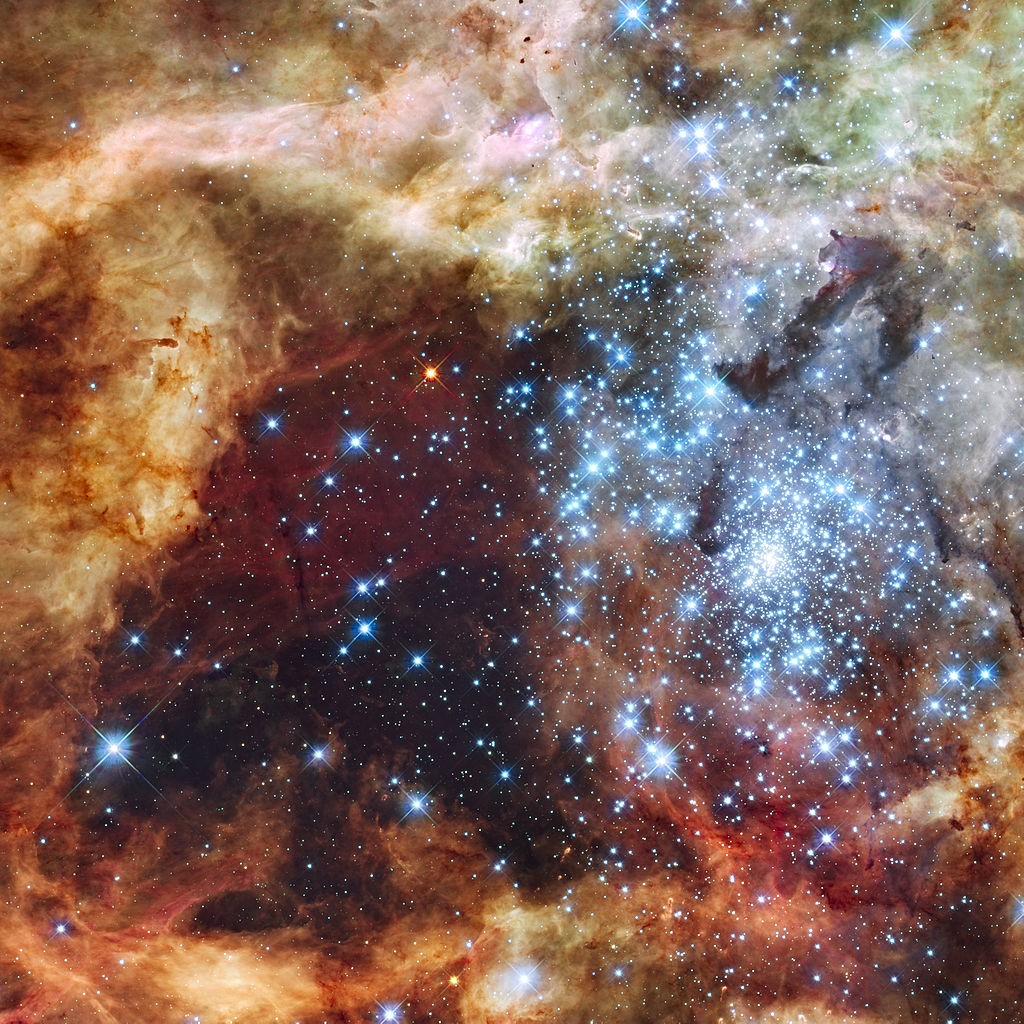
By NASA, ESA, F. Paresce (INAF-IASF, Bologna, Italy), R. O'Connell (University of Virginia, Charlottesville), and the Wide Field Camera 3 Science Oversight Committee [Public domain], via Wikimedia Commons
NGC 2070 (Tarantula Nebula):
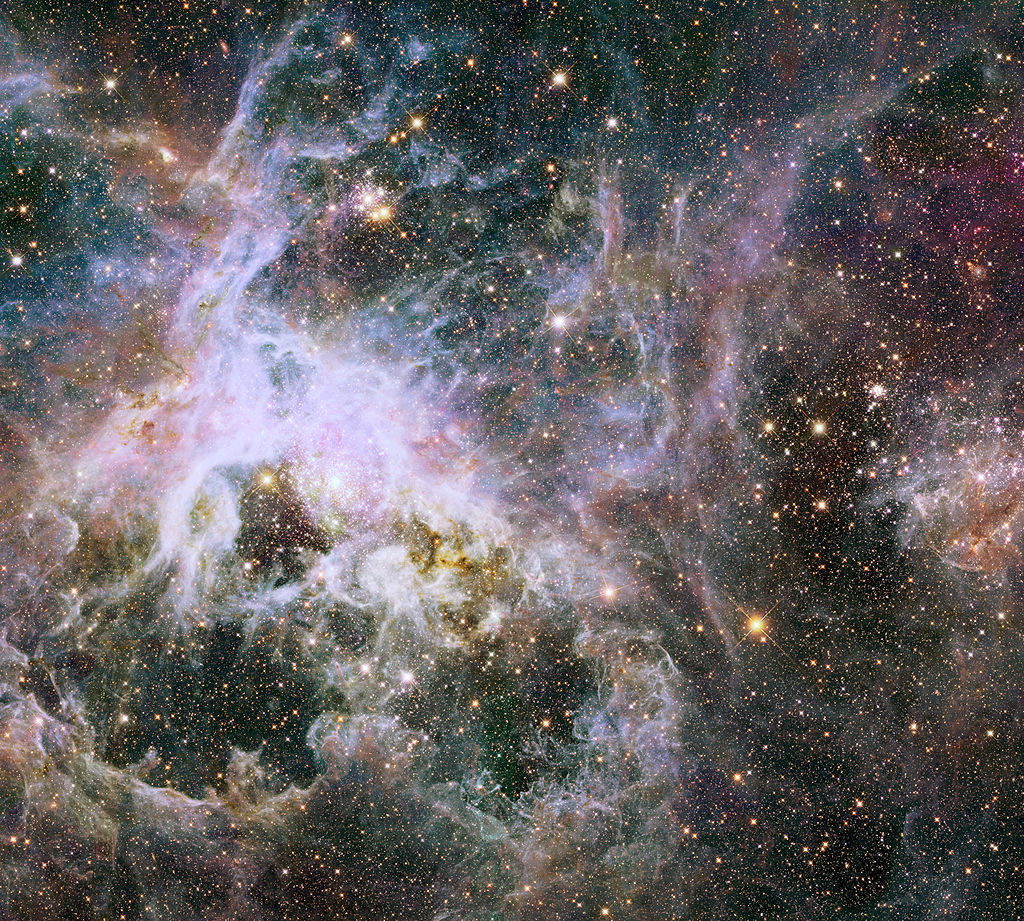
By NASA, ESA, E. Sabbi (STScI) [CC-BY-3.0], via ESA/Hubble
SNR 0509 (supernova remnant):
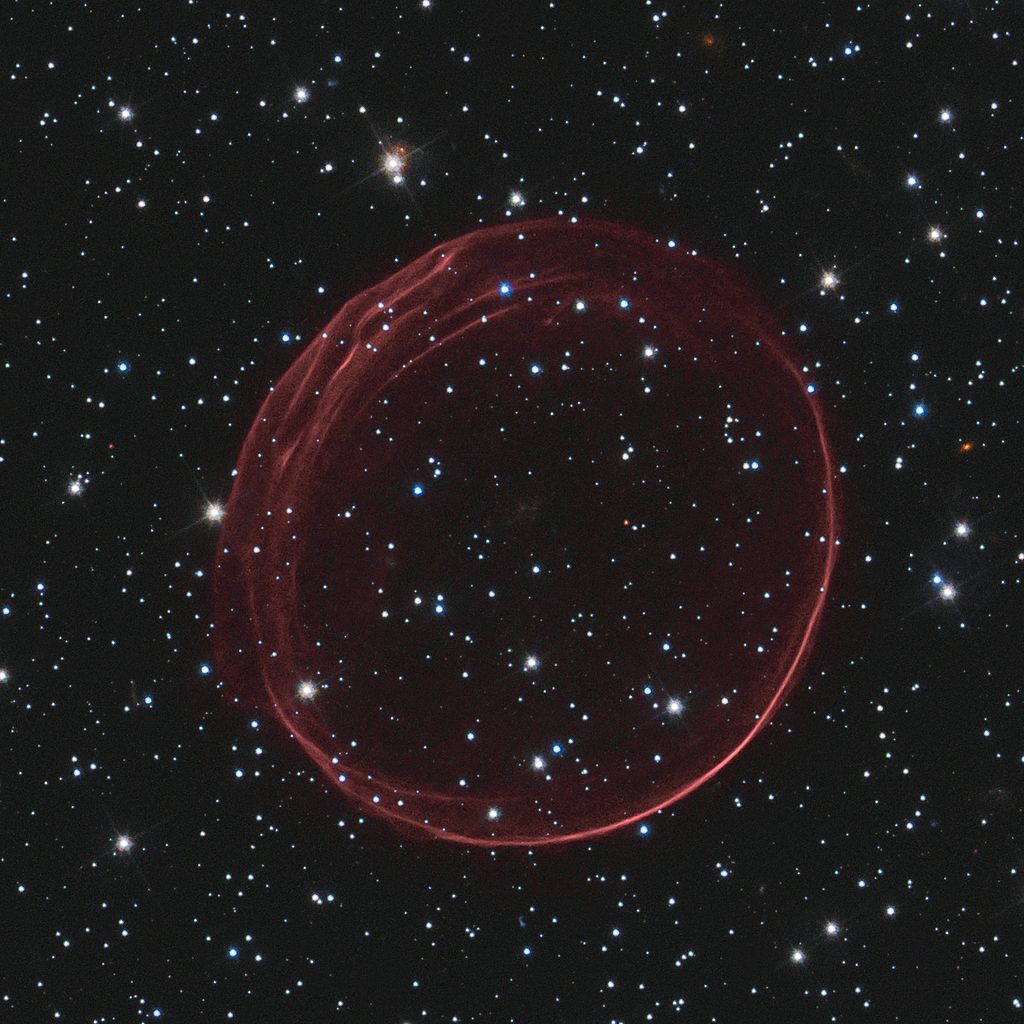
By NASA, ESA, and the Hubble Heritage Team (STScI/AURA). Acknowledgement: J. Hughes (Rutgers University) [CC-BY-3.0], via Wikimedia Commons
NGC 1566 (intermediate spiral galaxy):
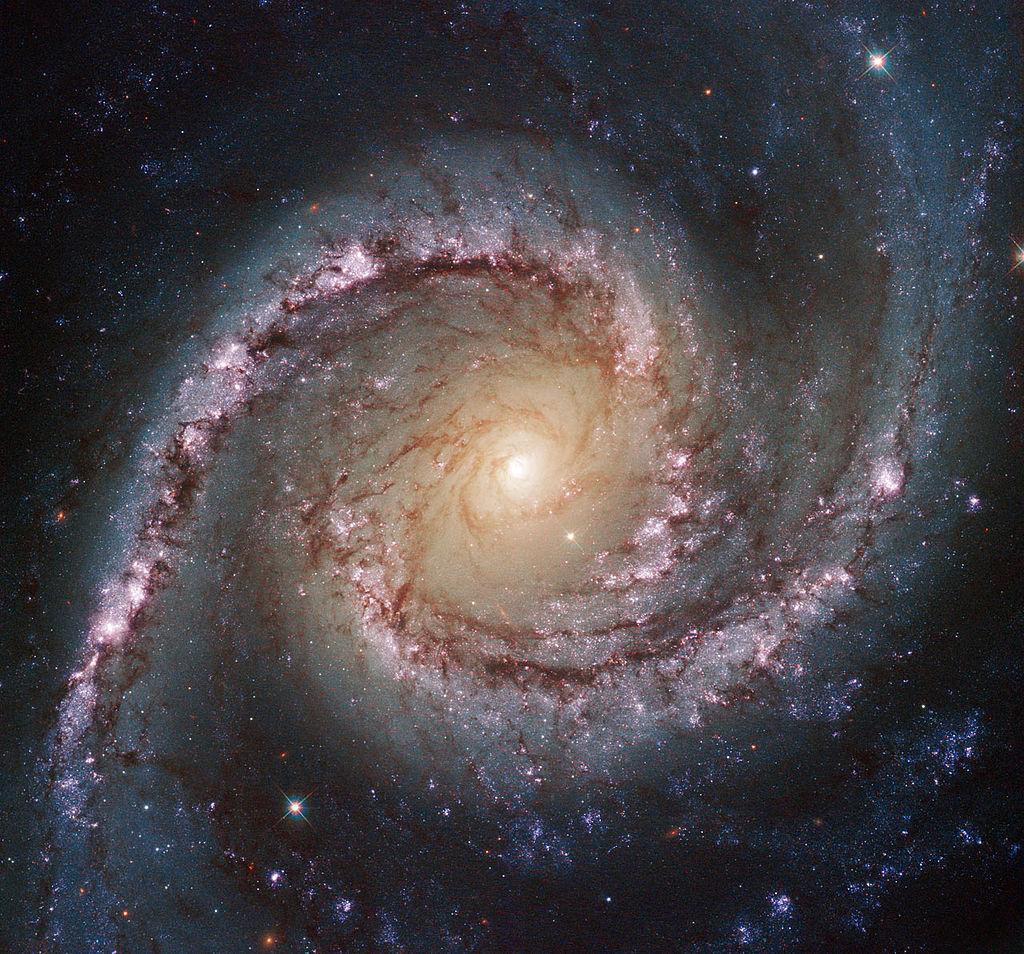
By NASA Goddard Space Flight Center [CC-BY-2.0], via Wikimedia Commons